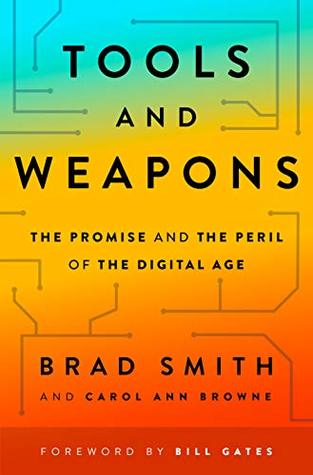In a museum in the center of Tallinn, Estonia, which sits on the edge of the Baltic Sea, a young woman and man spin in perpetual motion, perched on opposite ends of a long, narrow plank. With arms outstretched and locked gazes, they steady themselves and each other while a giant seesaw slowly rotates on a narrow fulcrum. While whimsical, the curious sculpture sends an unmistakably serious message.1 It represents the fragile balance that free societies around the world now confront: protecting democracy in a social media age from the freedoms that can drive people apart.
Welcome back. Just a moment while we sign you in to your Goodreads account.


